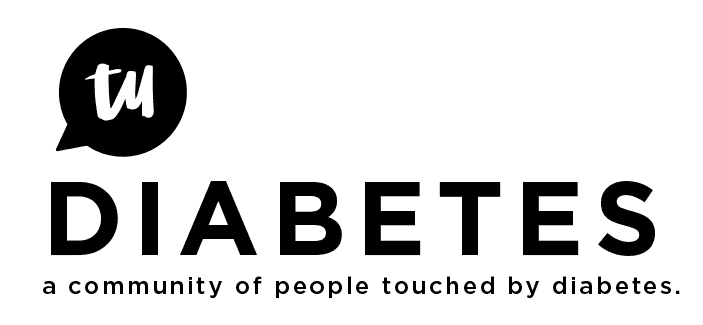Hello Jerry:
Now 2010, the book’s made it to my “short list”, hopefully the local library can get the modified latest 2nd edition. I wish she had been able to gather a larger martial arts group(ing). I would love to be in contact with more of us. And I have no doubt she did her best. Hopefully her next update will be a paid website rather than an inprint version.
Specific to the details of your follow-up martial arts question, each art or practice is extremely unique in most ways. Heck get five teachers of any art/practice and guaranteed similarities will exist but the “radical differences” will be all over the map determined by instructors specific emphasis, temperment… even within the same art form!
There are hundreds of different martial arts, or more but depending on the emphasis of the specific instructor how we climb the particular mountain(s) will be different in approach, intensity and presentation
Consider, all martial arts have varying degrees of physical contact, physicality at some point in the training process. For some its from the very first day, for others its not until intermediate stages. If my particular art or practice contains grappling, or throws for example, that is a very different physical and technical process than for example punching or high airborne kicking…
Each one has different physical activities, carb requirements and though many certainly are common. You’ve got important problems to consider if the issue of pumping exists.
Bluntly, where do you put a pump that its not a viable target for a striking art? How can you attach a pump if your fundamental techniques involve ground-grappling, pins, throws and so forth?.It becomes an “unending chapter” when respective arts have very different quasi traditional clothing as part of their practices; Heavy weight duct cloth (sic pocketless) uniforms, defacto pleated skirts (aka hakama), running shorts and tee shirts… all kinds of possibilites requiring consideration.
If/when you add arts or practices which are interested in what are characterized as being “internal” or arts who study what their culture describes as internal energies (chi, ki, prana, etc.) as fundamental aspects to their practices. The author will require some horribly experienced practitioners to help her there… if they exist and can be found?.
It is complex stuff… these martial arts. Good diabetes parallels but obscenely varied. Having the current edition did the author explore any of these different factors/aspects of many different arts?
Stuart
